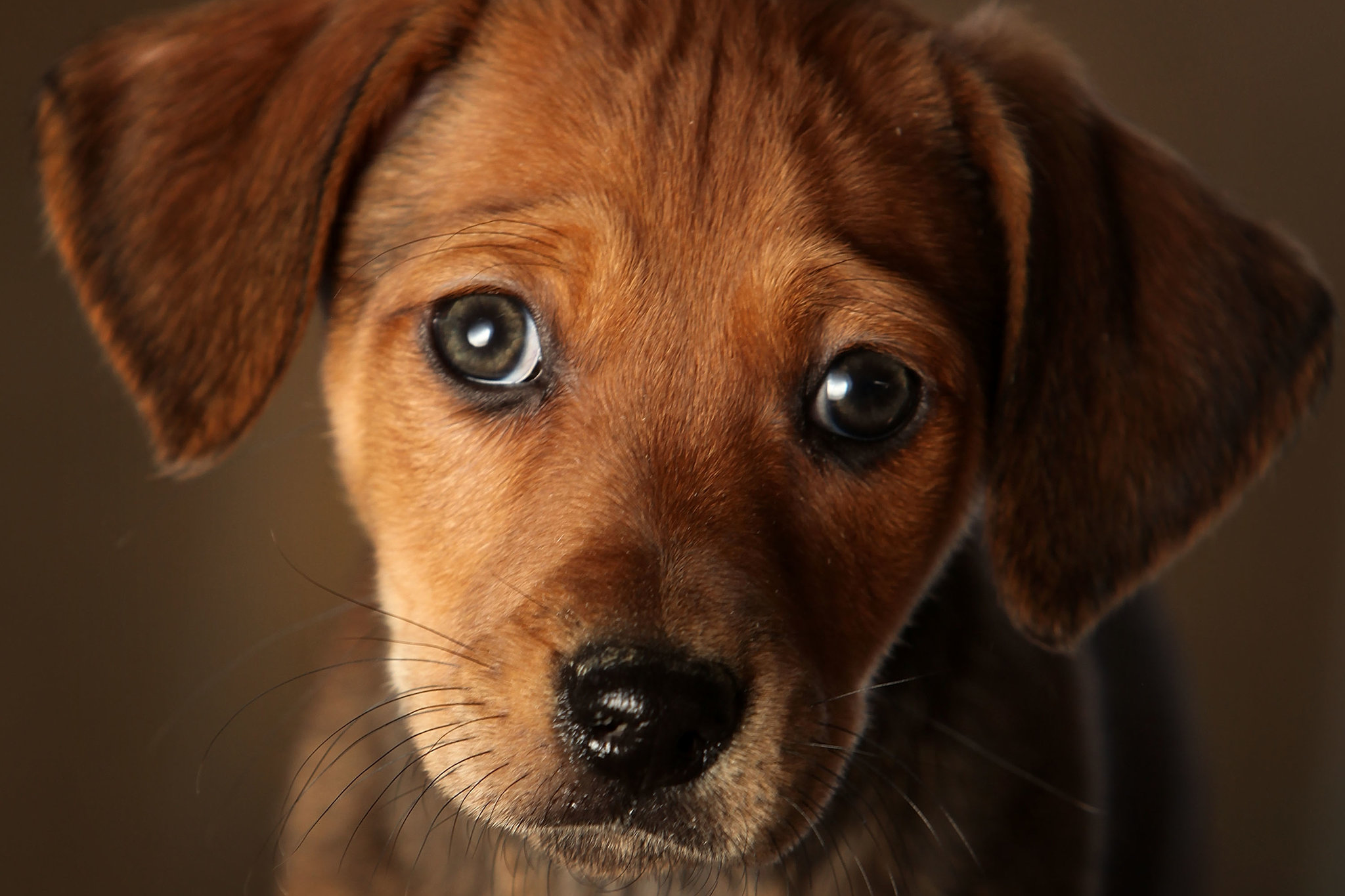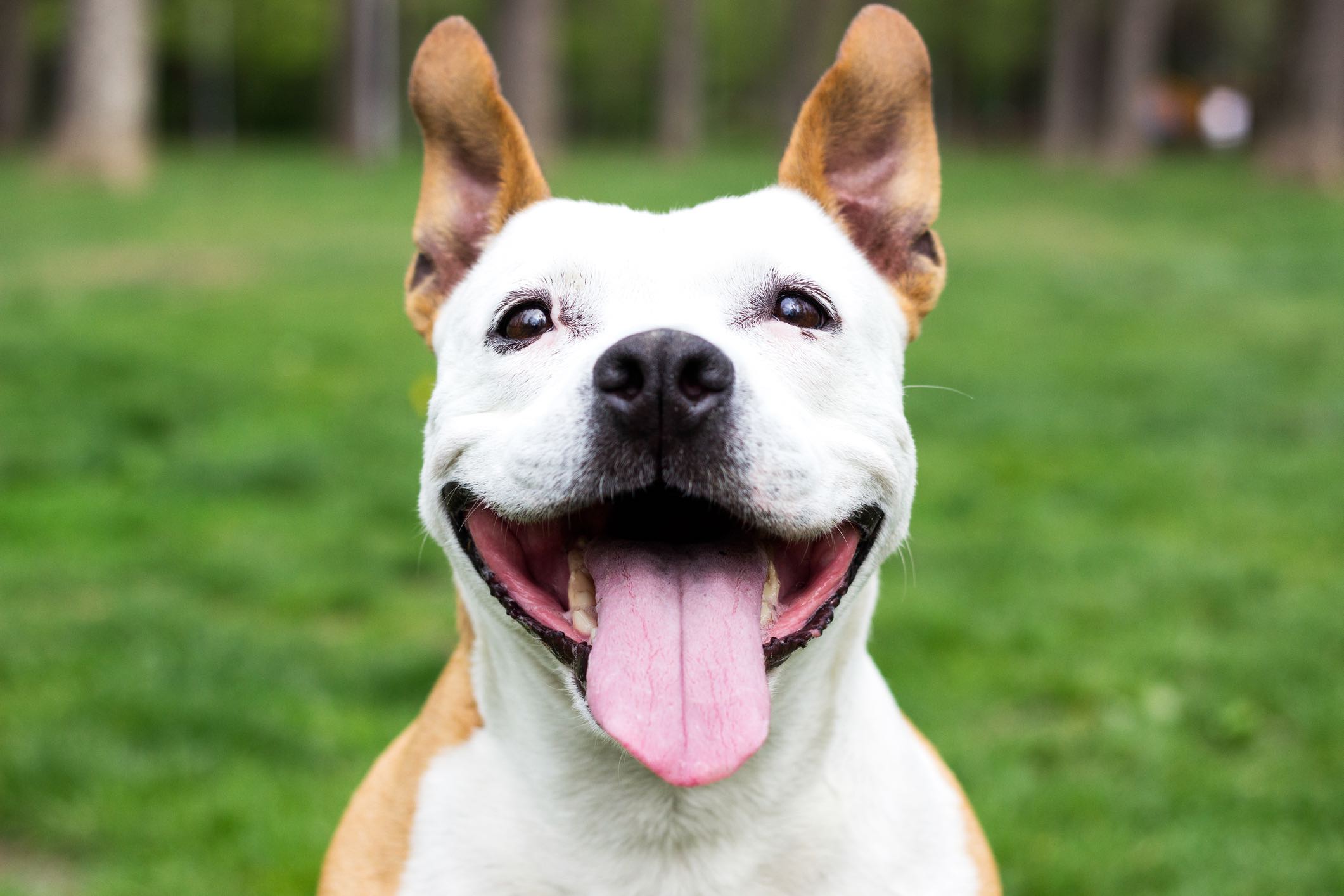Happy owners of dogs with pedigrees do not need to doubt what breed their pets are. But what about someone who does not have any documents on hand, where the belonging of the animal to a certain breed would be mentioned?
How to find out what the breed of a dog is
How to determine the breed of a dog if there are no documents for it? There are not so many options, but you can still try to figure out which genus and tribe the animal belong to in the following ways:
- Help from a veterinarian or an experienced dog handler. With a high probability, specialists whose profession is the treatment or education of four-legged friends of a person can determine the breed of a dog by a puppy or by an adult. Pros will most likely be able to inform the owner of the breed of his pet, relying only on the exterior of the animal, but it will be even better if they consider the brand on the dog’s skin (it can be located on the inside of the ear or in the groin). An electro chip embedded in the subcutaneous area of the withers (information about dogs with chips and brands is stored in a computer database, which veterinarians and dog handlers have access to), will also help to find out comprehensive information about the dog;
- Help on the forum of amateur dog breeders. The web is full of communication platforms that were created specifically for dog owners (there you can find both beginners who have adopted an animal for the first time in their lives, as well as dog breeders with extensive experience, as well as dog handlers and veterinarians). On the forum, you can ask a question about the dog’s belonging to any breed by attaching high-quality photos of the animal to your message;
- Dog breed recognition sites. There are resources on the Internet where, by uploading a photo, you can determine what breed of a dog. But the owner of the animal should take into account that the clearer the photograph of the four-legged friend is, the higher the chance that his breed will be accurately identified;
- Independent determination of the breed of a dog by its exterior and character. Sometimes the newly-made owner can find out the breed of a pet, relying only on the appearance of the dog. To do this, you need to pay attention to the following important details:

- Dimensions of the animal, namely height at the withers and weight. You can calculate which breed a dog belongs to by its size. So, animals less than 30 cm tall and weighing up to 5 kg are very small or dwarf animals (these include, for example, Chihuahuas, Pekingese, or Shih Tzu). Small (or small) breeds include dogs whose height is no more than 40 cm, and their weight ranges from 5 to 10 kg (cocker spaniels, dachshunds, Boston terriers, small poodles). Medium-sized dogs are 40-55 cm tall and weigh up to 20 kg (Mittel schnauzers, border collies, Shiba Inu). If the height of the animal is from 55 to 65 cm, and the weight is from 20 to 30 kg, then it can be considered large (Golden Retriever, American Pit Bull Terrier). Very large dogs are over 65 cm tall and weigh up to 50 kg (Central Asian and East European Shepherd Dogs, Great Dane). Well, in representatives of giant breeds, the height exceeds 75 cm, and the weight exceeds 50 kg (Great Dane, Caucasian Shepherd Dog, Newfoundland);
- The length and texture of the coat. Dogs can be hairless, although there may be very few hairs on their body (Chinese Crested, American Hairless Terriers). If the length of the dog’s coat is not more than 1 cm, it is considered to be short-haired (pugs, Russian Toy, Rottweilers). In dogs with a medium coat, the length of the hairs is more than 1 cm, but less than 4 cm (German shepherd, Siberian huskies). If the length of the dog’s coat exceeds 4 cm, it is considered to be long-haired (Afghan hounds, bobtails, collies, Maltese lapdogs, etc.). In addition to the length of the coat, its hardness or softness can say something. So, for representatives of some breeds, a very hard coat is characteristic (Airedale Terriers, Fox Terriers, Giant Schnauzers), while other breeds have a soft and silky coat (Yorkshire Terrier, Lhasa Apso);
- The length of the muzzle and the shape of the skull. There are dogs with elongated muzzles (bull terrier, Russian greyhound, Saluki), while others have short, flattened ones (these are brachycephalic dogs: French bulldog, Pekingese, German boxer). It is also important to evaluate the size and shape of the skull. In some breeds it is narrow (Italian Greyhound, Basenji), while in others it is wide (Staffordshire Terrier, English Bulldog);
- The shape of the ears. Quickly find out what breed of dog and her ears will help. A feature of some breeds, for example, are erect ears (most shepherd dogs, Akita Inu), while others have hanging ears (beagle, porcelain, dachshund). The size of the ears is also important: the Cocker Spaniel and Papillon, for example, have large ears, while the Border Terrier and Pug have small ears;
- Bone, length of limbs. Some breeds are characterized by a narrow sternum and an equally narrow pelvis (this addition is often found in hunting greyhounds and hounds). In dogs of service breeds, as a rule, the chest is well developed, and the pelvis looks narrower (Doberman, German Boxer, Rottweiler, Cane Corso). Shepherd dog breeds usually have a wide chest and an equally impressive pelvis (Belgian Groenendael, Caucasian, and Central Asian shepherd dogs). The length of the dog’s front and hind legs can also be of great importance. So, short-legged pets include dachshunds, sky, and scotch terriers. But the representatives of long-legged breeds: Leonberger, St. Bernard, Irish wolfhound;
- Features of the appearance of the dog. Many dog breeds have distinctive and unique features. For example, Shar Pei have an abundance of skin folds, Komondors have wool that looks like laces or plaits, Basset Hounds have very long ears and drooping lower eyelids, Chow Chow has a purple tongue, and Dalmatians have black specks. on white wool;
- The character of the dog. Some ideas about the breed of an animal can be said by its temper. So, some dogs at any age are sweet and good-natured, they are never aggressive even towards strangers (Labradors and Golden Retrievers, Maltese are good-natured). Other dogs are alert, distrustful of strangers (Chow Chow, American Pit Bull Terrier, Rottweiler). However, it should be borne in mind that the character of a dog largely depends on its lifestyle and upbringing, so that in a certain scenario, even a Labrador can look sullen and unfriendly, and a Rottweiler can be the sweetest creature.
So, if the potential owner has made an accurate description of the animal, then it’s time to comb the guides and Internet sites dedicated to dog breeds. It will be from these sources that you can find out information about a particular breed. Comparing your dog with those in the photo, you can easily calculate its breed. Although there will be no exact guarantee that the animal is purebred and not a mestizo born from a union of dogs of different breeds (or from purebred and mongrel dogs).

